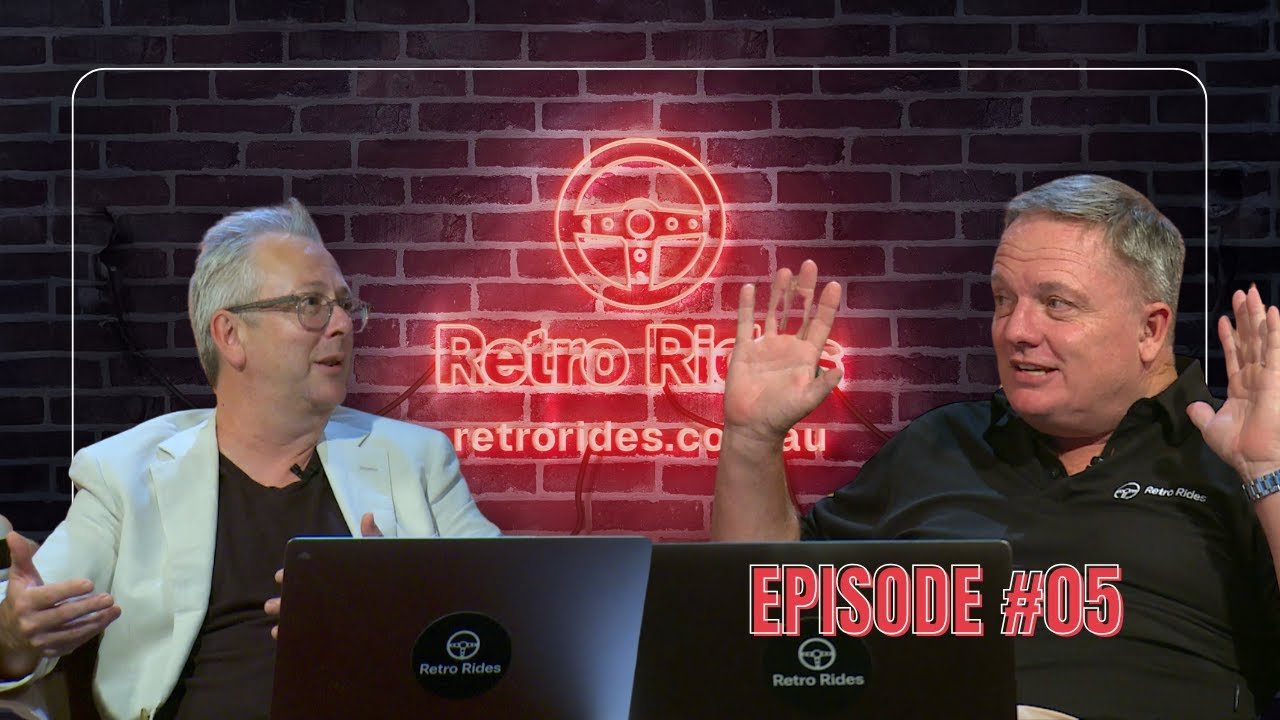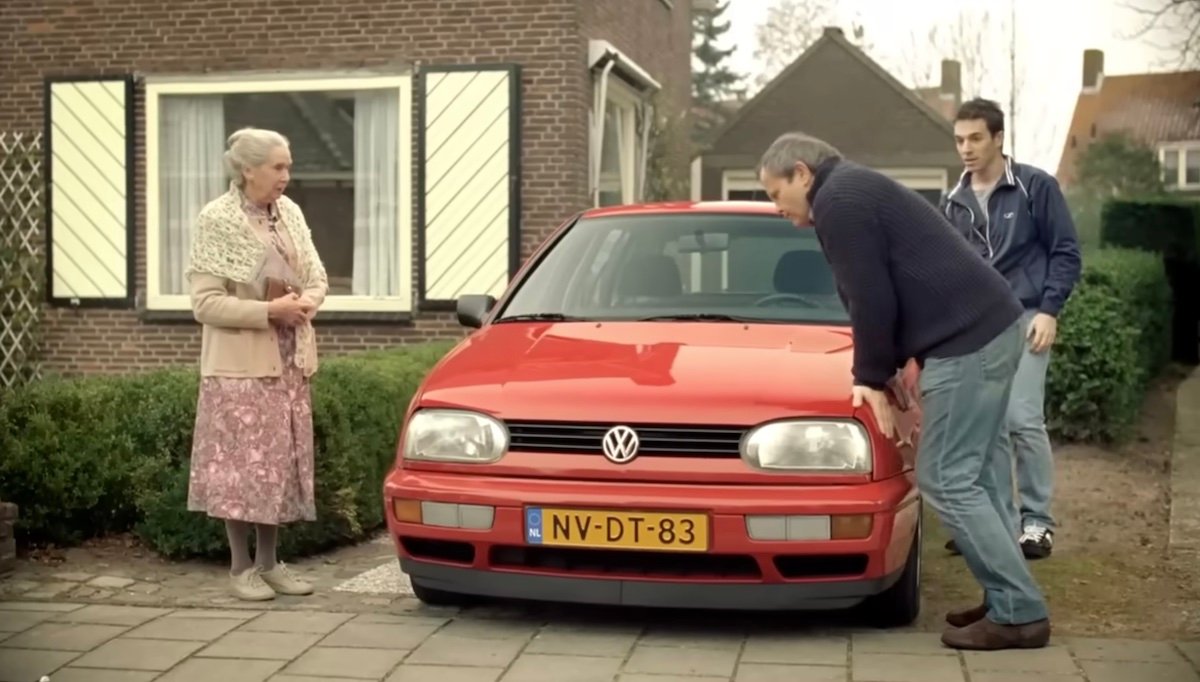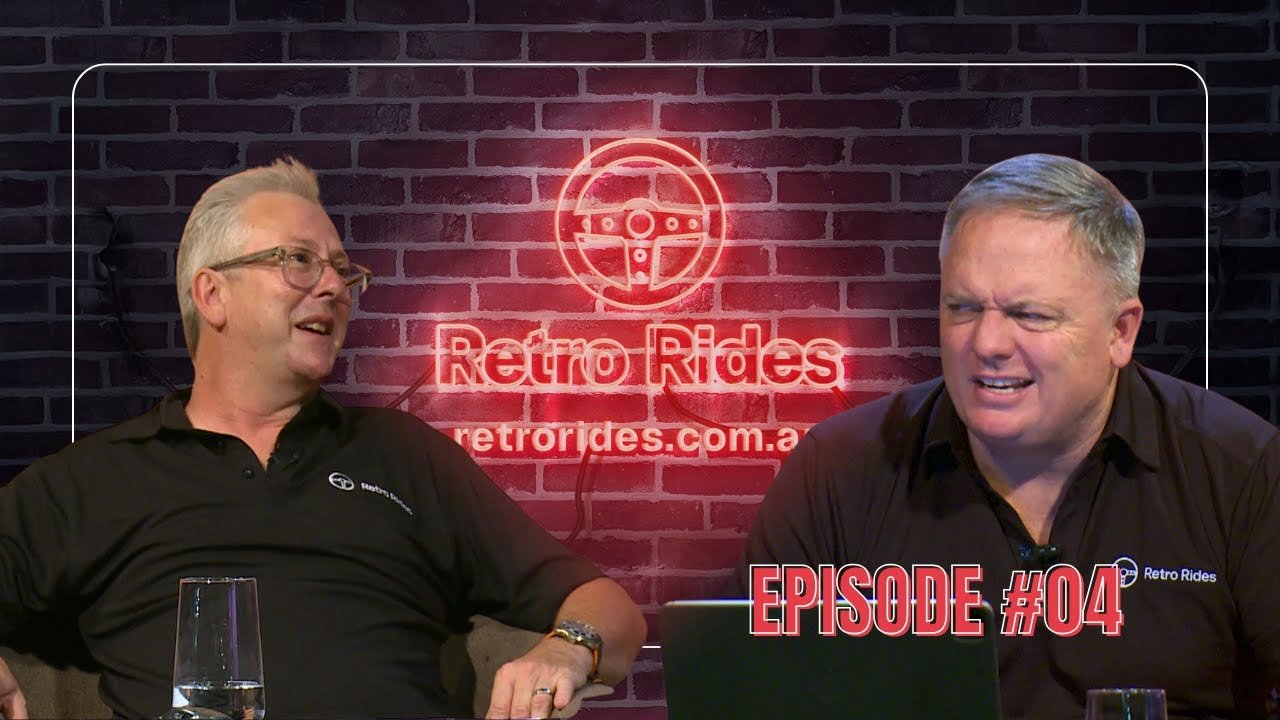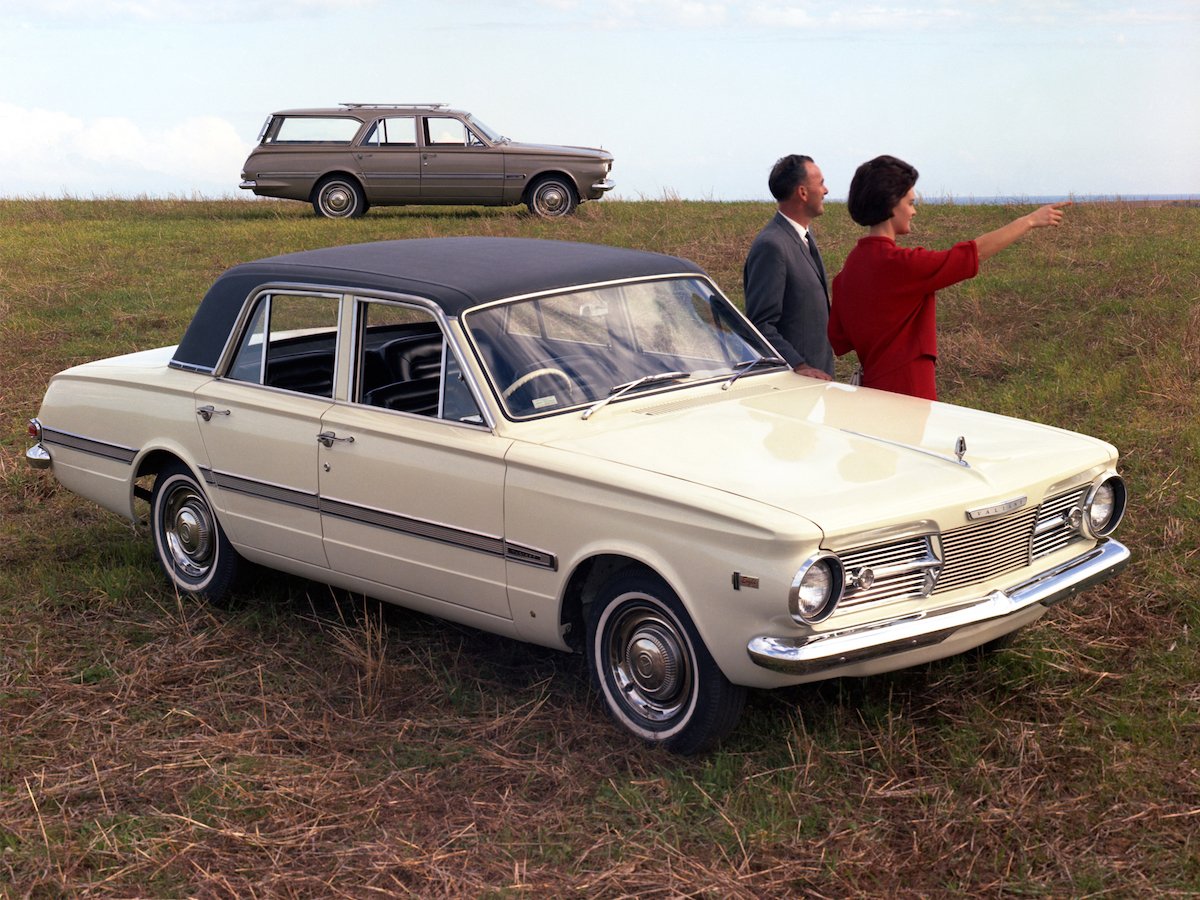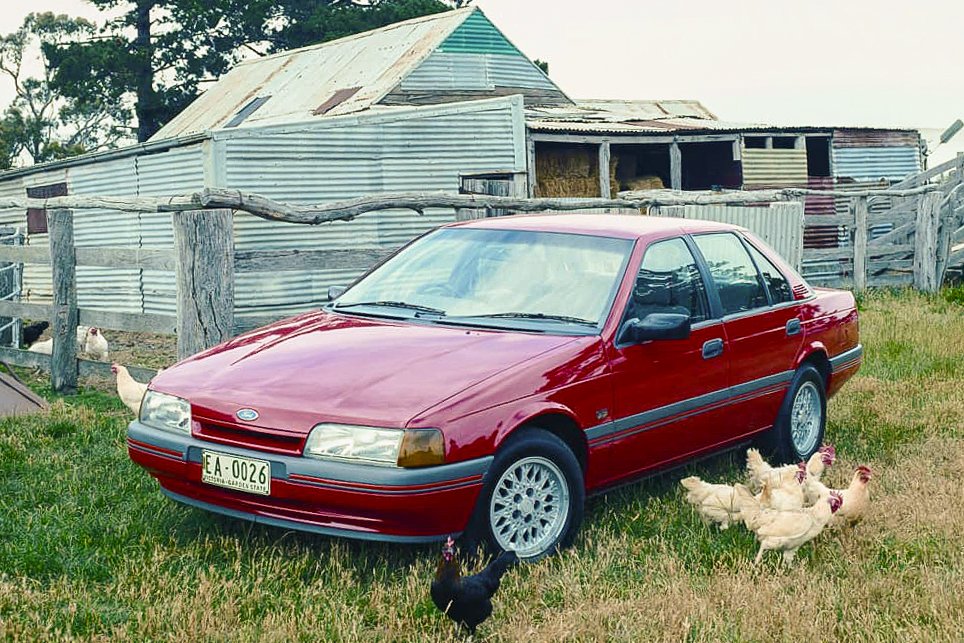Commodore VT-VX Feature: What Alternatives Were There?
Glenn Torrens•22 April, 2024
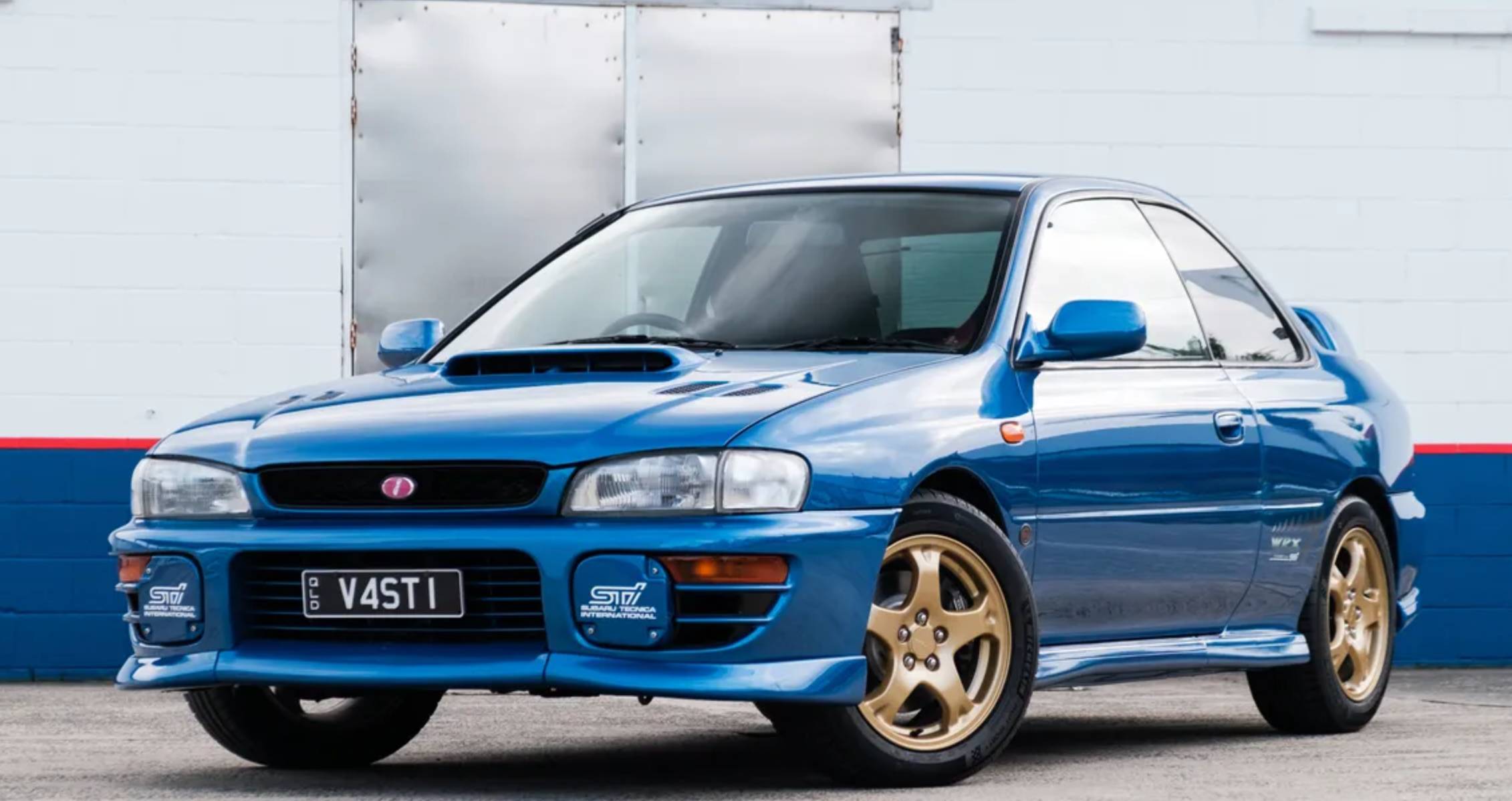
Check out these three late 1990s modern-classic alternatives to Holden’s VT Commodore.
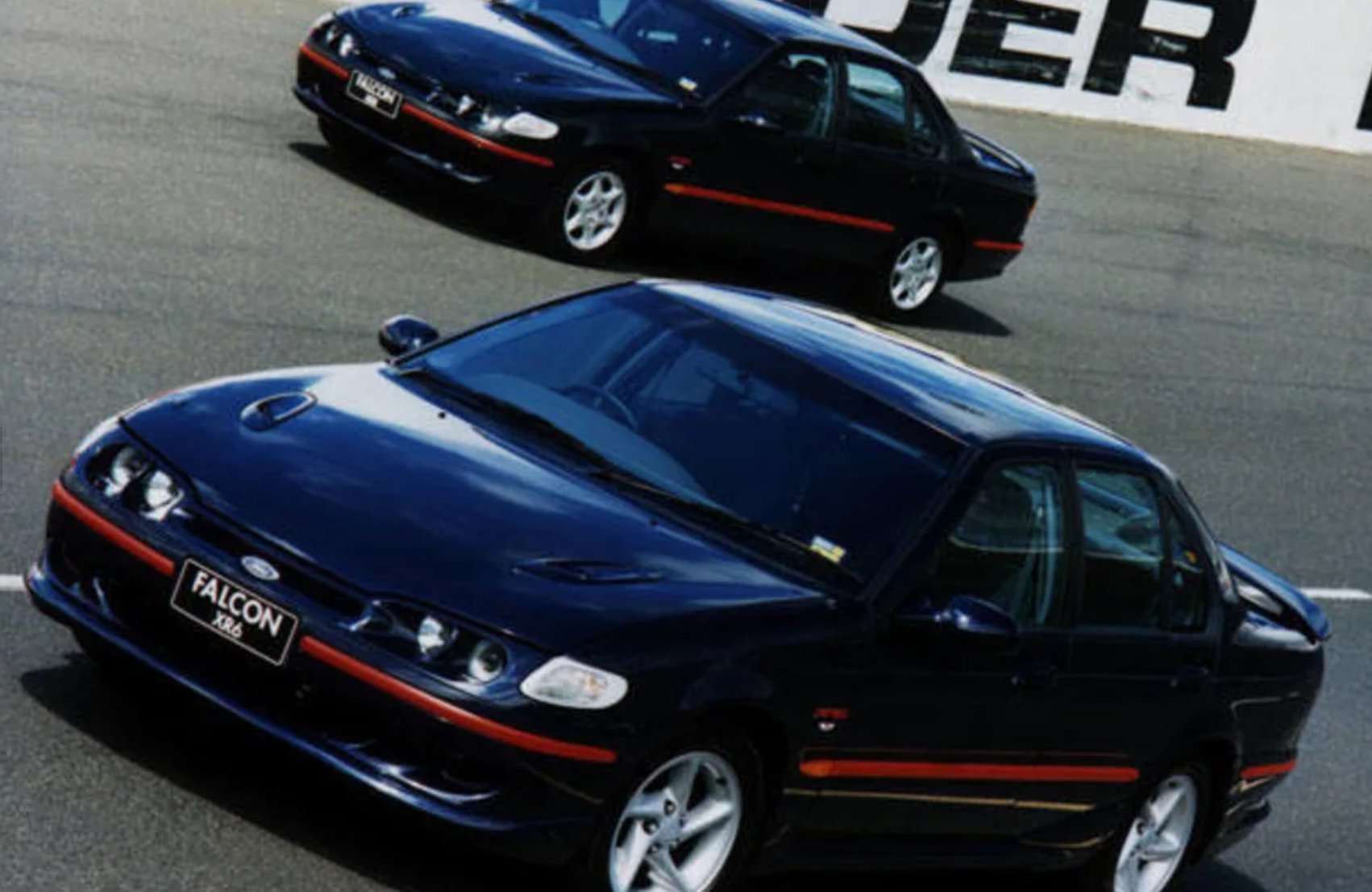
How Ford’s controversial AU Falcon buried engineering excellence beneath its awkward body styling.
Ford Australia’s all-new AU Falcon arrived in September 1998, a year after Holden’s VT Commodore. That meant the ‘old’ EL Falcon was left to battle it out in showrooms for 12-months against the good-looking VT, which was already selling like hot cakes. Fortunately, Ford’s platform was a well-sorted thing by then. Ford Falcon EF2 and EL Ghias inherited the XR6’s High Performance (HP) red-top six-cylinder engine, and from around October ’97 EL XR8s gained a more muscular V8 with 185kW. When it did arrive, the all-new AU Falcon featured optional/available IRS (Independent Rear Suspension) that made the car a benchmark handler, something often overlooked by a buying public that couldn’t see beyond the Falcon’s bulbous styling. Soft sales forced Ford to rush an AU2 restyle to market, ditching the entry-level Forte’s controversial cheese-grater grille in the process, but the range never really regained the momentum its engineering improvements should have delivered. Despite this, enthusiasts in the know appreciate the appeal of tidy XR6s, XR8’s and the luxury Ghia sedans.
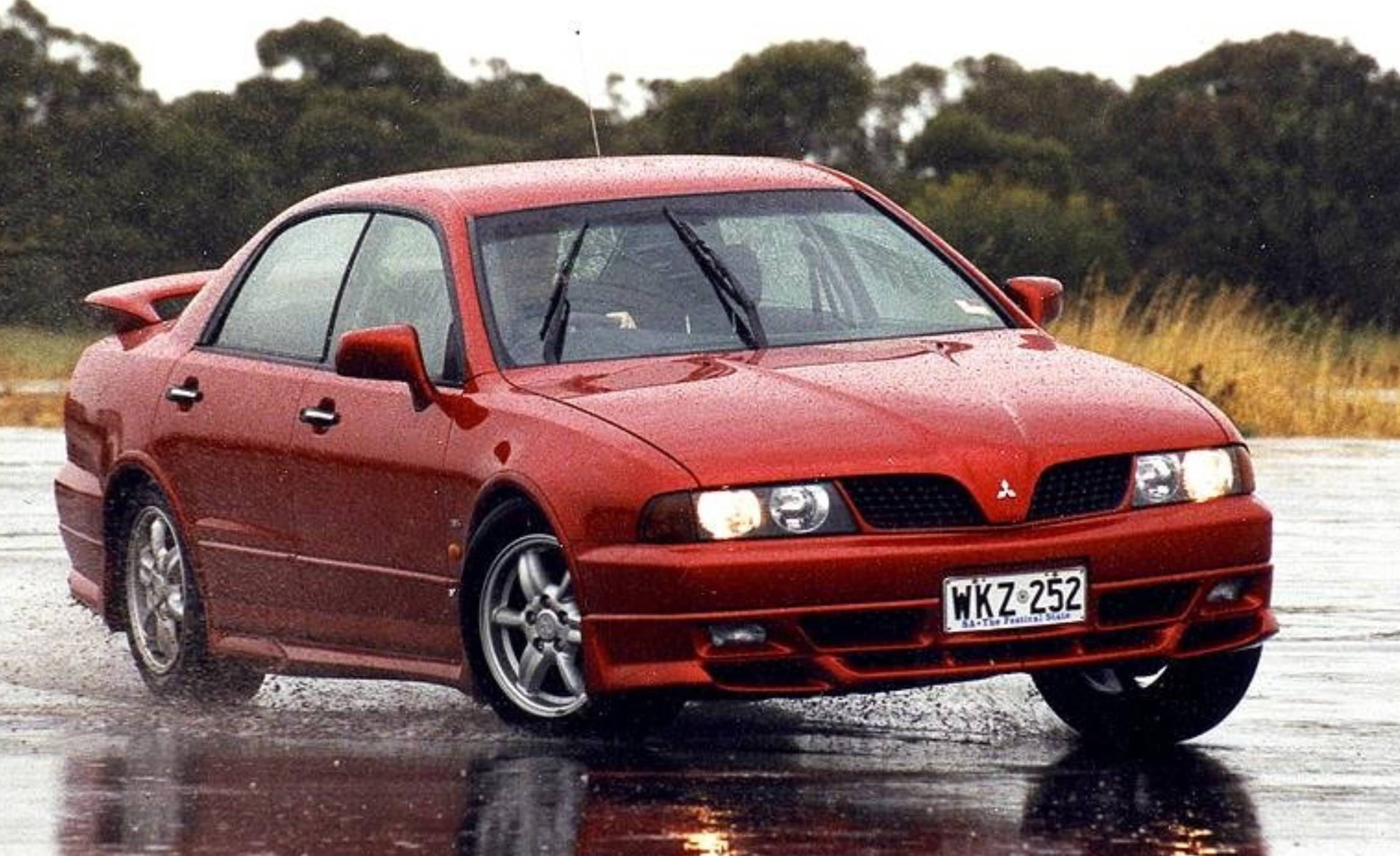
The Australian-manufactured Mitsubishi Magna and its upmarket sibling the Verada were high-quality large-car rivals to Holden’s VT Commodore.
Mitsubishi’s Commodore-rivalling Magna large sedan was manufactured in Adelaide but based closely on the design of its Japanese-market sibling, the Diamante, a luxury large car with oodles of designed-in refinement. The Magna and its luxury Verada equivalent were powered by smooth and punchy 3.0-litre and 3.5-litre OHC sixes, at a time when both Holden and Ford were still using pushrod engines. Mitsubishi Australia worked hard to cultivate a performance halo product for its front-drive Magna to challenge the rear-drive Commodore and Falcon, developing Sport and Ralliart versions, as well as an ambitious AWD model that used know-how from the brand’s years of world rally experience. These auto-only AWD sedans arrived in 2003 so are not yet Club plate eligible. You won’t find too many blokes bragging about their Magnas and Veradas down at the local, but those in the know will point to their superior quality and refinement as reason alone to consider the Tonsley Park product.

Why the first-generation Subaru WRX was the 1990s car most likely to bait V8 Commodores at the lights.
With its AWD traction and stonking performance from a 2.0-litre turbocharged, intercooled DOHC ‘flat-four’ four-cylinder engine, Subaru’s Impreza-based WRX became a 1990s performance icon. Available as a no-nonsense mid-sized four-door sedan or quirky-looking wagon, the ‘Rex’ came wrapped in a bold-looking body complete with rally-inspired driving lights and bonnet scoops, and all for the bargain price of around $40K. The little Subaru’s V8-killing performance, international rally success and unfortunate reputation for being the bank robbers’ car of choice, made it an urban legend back in its day, not to mention the car most likely to bait SS Commodore drivers at the lights. These first-generation WRX’s are highly regarded as ‘keepers’ today, so if you can find a rare one that is relatively clean and unmolested, just buy it.
Retro Rides Presents : VT Commodore
Glenn Torrens

Get The Latest
Sign up for the latest in retro rides, from stories of restoration to community happenings.
